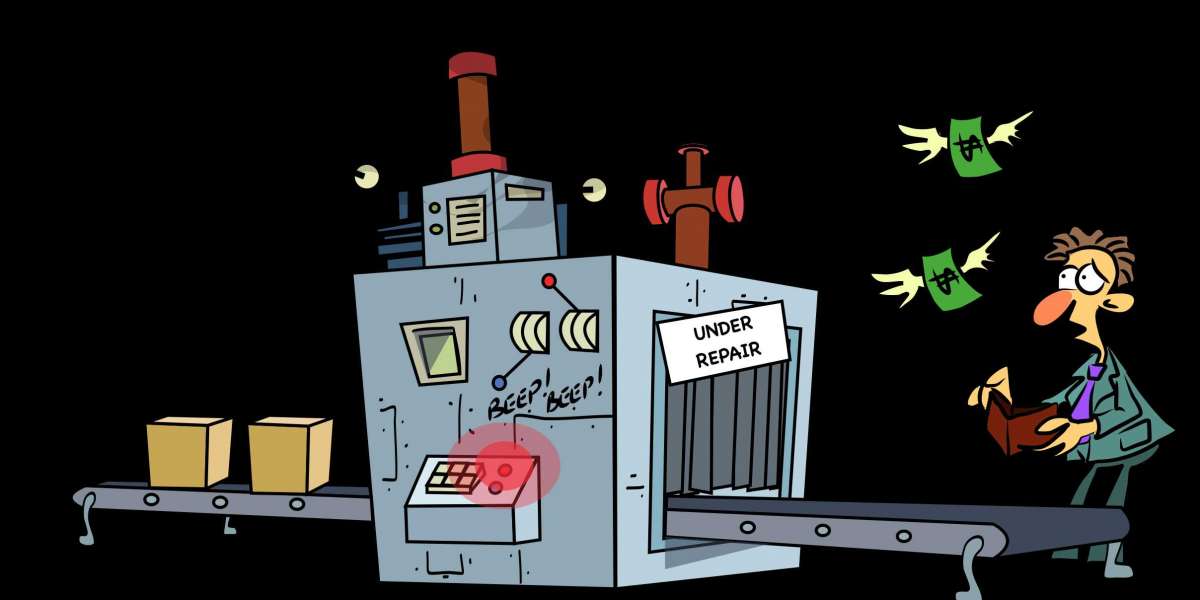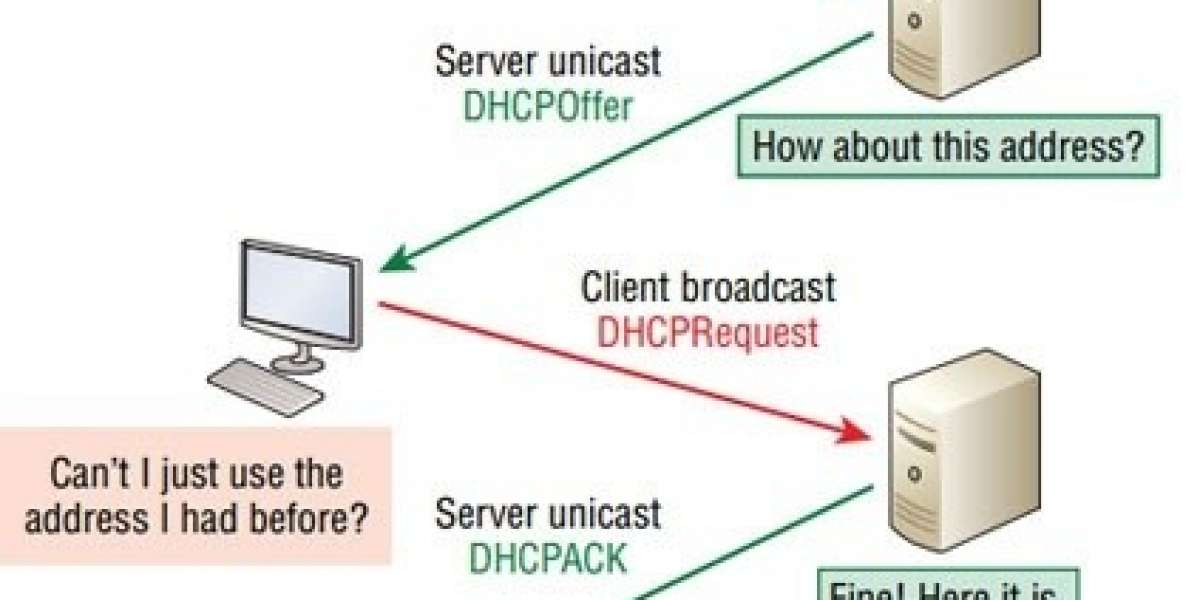Industrial Predictive Maintenance :loosing Production Downtime
Factory Asset Failures are one of the major issues for unprecedented production breakdown and delay in supply of finished products for most of the manufacturing industries. Typical Factory assets may include hardware equipment like motor, valve,pump,etc. or supporting software components. Such failures often cost a lot for minutes of production breakdown globally ,but still there are hardly any measures taken to ensure such re-occurrences.
This article will articulate one of the most common industrial asset failures ,i.e motor failure as an example to explain briefly on what an industrial asset failure is and then proceed to analyse the impact and root causes of such failures. Finally, a brief analytical insight has been provided on how Predictive Industrial Maintenance comes to the rescue from unexpected production downtime due to asset failure.
Electrical Motor Failures
Briefly, a motor failure is caused due to sudden tripping of running motors due to various reasons. Such failures are broadly classified into two following types :
a Electrical failures : Motor failures caused due to sudden distortions in supplied input voltage and current.
b mechanical failures : Motor failures caused due to gradual wearing and tearing out of the mechanical components of a motor like rotor,stator,electrical windings,etc.
Below is a picture of the components of an induction motor:
 Fig 1: Components of a 3 phase AC Induction Motor
Fig 1: Components of a 3 phase AC Induction Motor
Instances of commonly encountered motor failures
Few of the most common encountered motor failures are:
- Overheating :- Overheating can be caused due to insufficient cooling at low operating speeds with use of Variable Drives, increase in output load when mechanical components of motor are jammed, hot ambient conditions,etc.
- Insulation Breakdown: Insulation of the motor windings are mostly damaged due to overheating ,electrical voltage/current spikes,etc. which causes short circuit and sudden motor trips.
- Phase imbalance : Supply Current Phase imbalances along with voltage imbalance causes electrical and mechanical distortions which may lead to electrical/mechanical motor failures.
- Motor Vibrations: Distorted and increasing motor vibrations often cause a great deal of damage to the motors. They might reduce the ductility of the connecting wires or may even lead to wearing of balls and bearings in a motor.
 Fig 2: Percentage of the common motor failures
Fig 2: Percentage of the common motor failures
Impact and Root Cause Analysis of Production downtime
Sudden misbehaviour / non-functionality of installed equipment at a factory floor can cost a considerable amount to a manufacturing company. As per reports , every manufacturing company globally loses about 37% of its productivity yearly due to unexpected downtime. Around 80% of such companies are unable to calculate their true downtime costs. For example:- in Automotive Industry, it is estimated that 1 min of downtime costs approximately $22000 per minute, or $1.3 million per hour. Thus, this decreases the production efficiency of the company and leads to cost-cutting initiatives for worst cases.
Below, is a survey done by General Electric in collaboration with ServiceMax in US,UK and Germany on the causes,effect and consequences of Production downtime in Fiscal year of 2018-19.
 Fig 3: A Survey from General Electric on causes,impacts and cure for Production downtime
Fig 3: A Survey from General Electric on causes,impacts and cure for Production downtime
So, as per reports from Fig 3, we can see that around 46% of the production downtime was due to hardware failures and 40% due to software failures which has accounted for about approximately $2B dollar per year as per the survey.
Moreover, such manufacturing industries are not the only ones impacted from a downtime, it is a chain of involved industries related to software development or customer services which are also impacted heavily. As shown in fig 3,60 % of the IT Companies and 57 % of the customer services related to a manufacturing process are hit during downtime.
Thus, the overall impact of such downtime leads to declining customer trust, productivity and penalties.
Cure for Production Downtime
Existing Measures Vs Upcoming Measures to prevent production downtime
It might be evident with the growing global economy , that manufacturing companies will gradually increase the production throughput, but the loss incurred due to unexpected outages can only be brought down if there is a radical shift in factory maintenance methodologies.
a Existing Maintenance Measures includes Planned Maintenance and Reactive Maintenance . Planned Maintenance is pre-scheduled maintenance for specific duration in a specific time interval of a production cycle. Such maintenance is done irrespective of evaluating the current health of all available assets in a factory floor in a specific time. However, Reactive Maintenance/Breakdown Maintenance is done to repair the assets which are broken down in order to restore the equipment to its normal operating mode.
bUpcoming Measures includes Predictive Maintenance which intends to predict and prevent asset failure at factory floor to initiate maintenance activities from an early stage prior to a device breakdown.
According to a report from General Electric it is clear that predictive maintenance leads to the lowest average unplanned downtime which will prohibit from incurring losses by companies.See Fig. 4 Below:
 Fig 4: Comparison of Average percentage of Unplanned Downtime as per maintenance strategy
Fig 4: Comparison of Average percentage of Unplanned Downtime as per maintenance strategy
According to an analysis by Markets and Markets Research Pvt Limited, the estimated global market size for predictive maintenance is approximately $10.7 Billion at a Compound Annual Growth Rate(CAGR) of 25 % during the forecast period of 2019-2024.
The following picture(Fig.5), shows the sector wise prediction for the global predictive maintenance market from 2018 to 2026.

Fig 5: Global Predictive Maintenance market from 2018 - 2026
As per a report from Cyient , the comparisions the global marketshare of Predictive Maintenance between 2017 and 2022 is shown as below(Fig. 6). APAC, North America and European Regions have forecasted to been almost consistent shareholders of the predictive maintenance marketplace.
 Fig 6: Global Predictive Maintenance marketshare between 2017 and 2022
Fig 6: Global Predictive Maintenance marketshare between 2017 and 2022
Workflow for Predictive Maintenance
Predictive Maintenance can be understood from Fig 7. In the following steps:
- Continuous Diagnostic Data captured by the equipped floor sensors.
- The Log Sensor Data is sent to the machine learning model deployed on a cloud in order to improve its prediction accuracy.(high precision and low sensitivity)
- In case of any predicted faults, the model sends data to a database which publishes the data in form of a dashboard visible to the user. Meanwhile, the machine learning model also fetches data stored in the database to improve its performance.
- While sending the data to the database, it also parallely notifies the technician of a predicted fault so that the device can be examined at the earliest.

Fig 7: Predictive Maintenance Workflow
Advantages of predictive maintenance
Following are the key advantages of predictive maintenance:
- Increased production
- Lower unexpected downtime
- Regular health check of running equipments in factory
- Reduced stock of spare components to fix non-functional devices
- Reduced maintenance costs
In a joint survey done by Plant Services and ARC Advisory Group on rating the factors that influence predictive maintenance in Industries nowadays, it has been found that the Uptime for most of the industries would be high and optimal. Other factors have been rated as below:

Fig 8: Approval Ratio of the factors driving to deploy Predictive Maintenance
However although the upfront cost for deploying predictive solutions may be high currently but the total cost expended on corrective/reactive maintenance will be low, which brings the total maintenance costs to a minimal and optimal range as explained below in Fig. 9.
 Fig 9 : Cost Analysis for Maintenance Strategies against Number of Failures for Maintenance strategies
Fig 9 : Cost Analysis for Maintenance Strategies against Number of Failures for Maintenance strategies
When to not go for predictive Maintenance
Despite the certain highlighted advantages of predictive maintenance, there are certain use cases or scenarios where it is apt to not implement predictive Maintenance. Following are some of the use cases when predictive Maintenance should not be used:
- If a factory equipment does not support an extended hardware compatibility for deploying predictive maintenance, it would be unwise to replace the device with an alternative one as it might end up taking more time for reconfiguration and restarting the production cycle. This can cost more downtime than corrective/reactive maintenance.
- Predictive Maintenance requires constant collection of present data or access to historical data for training and deploying machine intelligence to predict upcoming failures, however if there is no such historical data present or provision to collect current data it is recommended to avoid predictive maintenance.
- Identification of required resources for training the workforce to understand predictive maintenance can be cumbersome sometimes, depending on the age,availability and understanding capability of each human workforce present on the factory floor. So, it is recommended to have an estimate on the feasibility of syncing machine intelligence and human co-operation to avoid production shutdown, as both are heavily reliant on each other.
- Data protection,network security, restricted data access and safe and secure data exchange communication channels between ground devices and server are important to run predictive maintenance in any industry. Hence, it is important to assess these factors beforehand , and if not there in place , should discard predictive maintenance as it poses great risks of hacking devices and hampering the entire production cycle.
Conclusion
Thus, going forward in future, asset failure still risks to be one of the major contributors for downtime in manufacturing , but with the advent of predictive maintenance, it is possible to reduce such downtimes by more than 70 % provided all the prerequisites for deploying the same are met.










